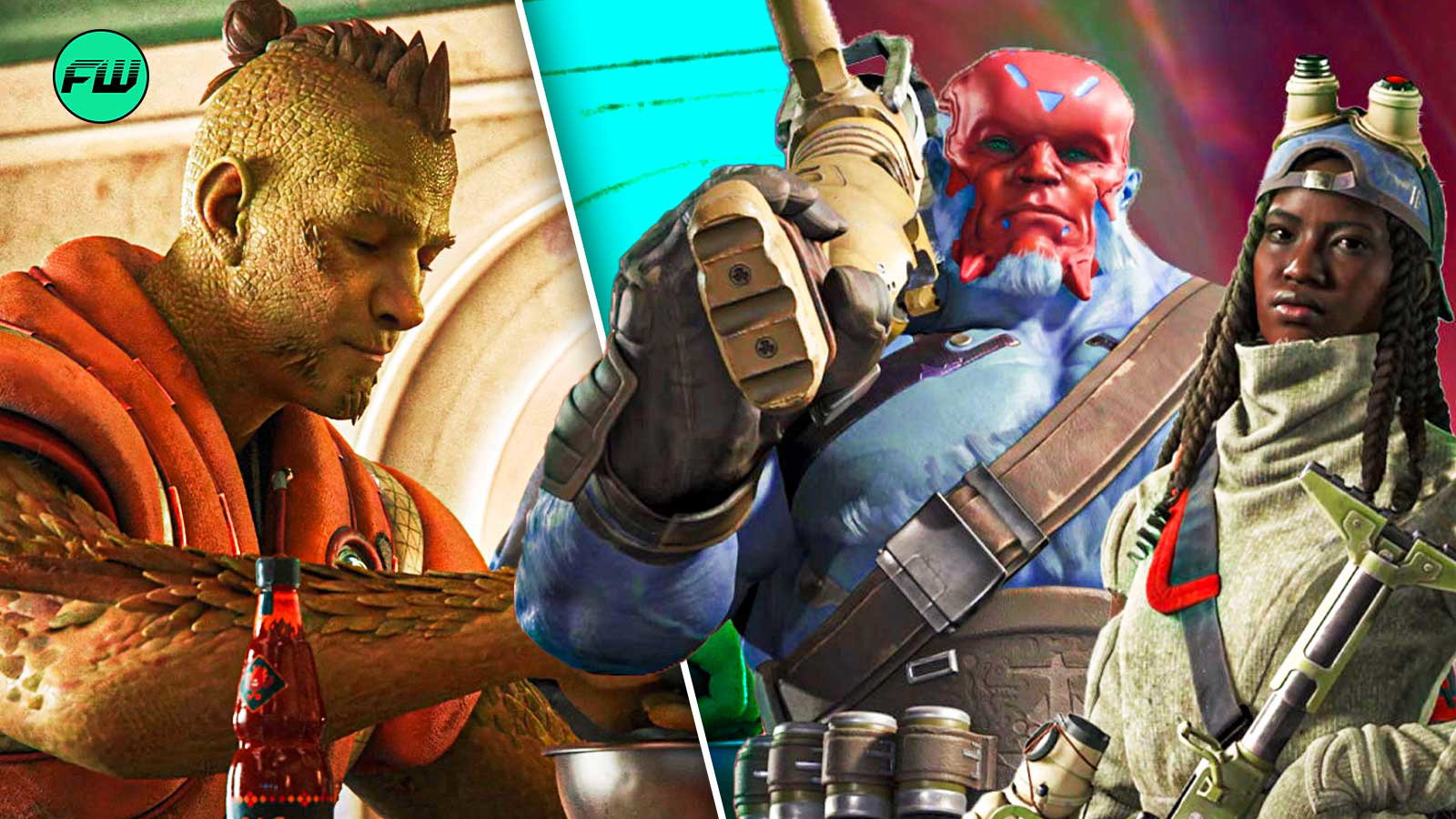Concord’s character design has its issues, but not for the reasons some people think it does, nor is it the sole cause for the game’s downfall.

There’s no beating around the bush: Concord is one of gaming’s biggest failures this year. The game peaked at a mere 697 players on Steam on launch day.
While the player count on PlayStation remains unknown, the fact that the game was pulled offline less than two weeks after launch speaks volumes. And its failure hasn’t been a shock to anyone who’s been even loosely following the news since its announcement.
People have been itching for standout first-party exclusives for the PS5, and Concord was unveiled as a live-service hero shooter. Those two buzzwords— “live-service” and “hero shooter”—felt like a slap in the face for many, considering how tired the gaming community has become of these genres. Hero shooters, once the darling of the multiplayer world, aren’t nearly as popular or wanted anymore.
So, when Concord finally dropped, the collective groan from the community was deafening. People didn’t even give it a chance. It felt like we were being served cold leftovers from a meal no one asked for in the first place.
Character Design Isn’t the Primary Issue
 Some of Concord‘s character design criticism seems misguided. | Credit: Firewalk Studios
Some of Concord‘s character design criticism seems misguided. | Credit: Firewalk Studios
One of the primary critiques has been around Concord’s character design. Yes, there are plenty of subjective opinions floating around. Still, there are also some generally agreed-upon principles about what constitutes good character design—principles that the game arguably didn’t follow.
That being said, the character design debate has taken an odd turn. Some of the discussion revolves around how “ugly” or “unattractive” the characters look. People have gone so far as to come up with AI-generated fixes that give the characters the Stellar Blade treatment claiming that this would’ve saved the game or made it substantially better.
I’m not dismissing how important character design can be to a game, especially when it hasn’t been released and people are looking for reasons to feel invested in the game.
Blaming its poor reception on the diverse or “woke” aspects of its designs, i.e., the fat characters or the characters of color, completely misses the point of two things: why the designs don’t work, and why the game tanked.
When you look at rosters like those of Overwatch and Apex Legends, which are diverse and “woke” by some standards, Concord’s character designs don’t hold a candle. Here, everyone looks like a mismatch of half-baked and uninspired concepts, forgetting to inspire through textures, shape design, or color schemes.
The game didn’t fail just because the characters don’t look attractive to certain people. It fails to connect with players on a basic level—gameplay, mechanics, and overall experience.
Where Firewalk Studios Went Wrong
 The game felt like one big cash grab rather than a passion project. | Credit: Firewalk Studios
The game felt like one big cash grab rather than a passion project. | Credit: Firewalk Studios
Concord was always going to be compared to Overwatch, but the sting of comparison is sharper because of the eight years it spent in development—coincidentally starting the same year Overwatch took the hero shooter genre by storm.
Eight years later, the gaming landscape is vastly different. Blizzard’s hero shooter itself is on the decline, and the genre’s popularity has waned. If you want to stand out in a market like that, you’d better have brought it your all to impress.
Sadly, the reality is that the game was written off by most players long before it even launched. While I’ve mentioned several times how hero shooters are past their prime, that doesn’t mean failure is imminent for any new release in the genre.
Let’s look at some of the aspects it missed. The gameplay? Middling at best. Reviews didn’t slam it, but they didn’t praise it either.
It didn’t help that its launch timing couldn’t have been worse either. With other live-service hero shooters on the horizon—like NetEase’s Marvel Rivals or Valve’s Deadlock—Concord had fierce competition right from the get-go.
But from the reveal trailer to the eventual release, the game just didn’t have the ‘it’ factor to grab an audience.
And let’s not forget—Overwatch 2 smelled the coffee and went free-to-play before its release. Concord? $40 at launch. That’s a tough sell in today’s market when even established PvP games like Apex Legends and Fortnite are free.
Concord’s Death Shouldn’t Be In Vain
 Will Sony give Firewalk another chance after this? | Credit: Firewalk Studios
Will Sony give Firewalk another chance after this? | Credit: Firewalk Studios
After eight long years of development, it’s almost hard to believe that this is what came out of it. Bland character design was just a symptom of the larger issue. Concord felt like an uninspired relic, lacking any modern twist.
At the end of the day, it fell victim to chasing popular industry trends instead of innovating. It was stuck in the past in every sense and was an ambitious release only by word.
Hopefully, the lessons learned from the game will push the studio toward more innovative and creative projects that truly excite players.
But judging from how things go in the gaming industry these days, it wouldn’t be surprising (or any less disheartening) to see the studio hit with layoffs.
What do you have to say about Concord’s character designs and its failure? Let us know your thoughts in the comments below!




